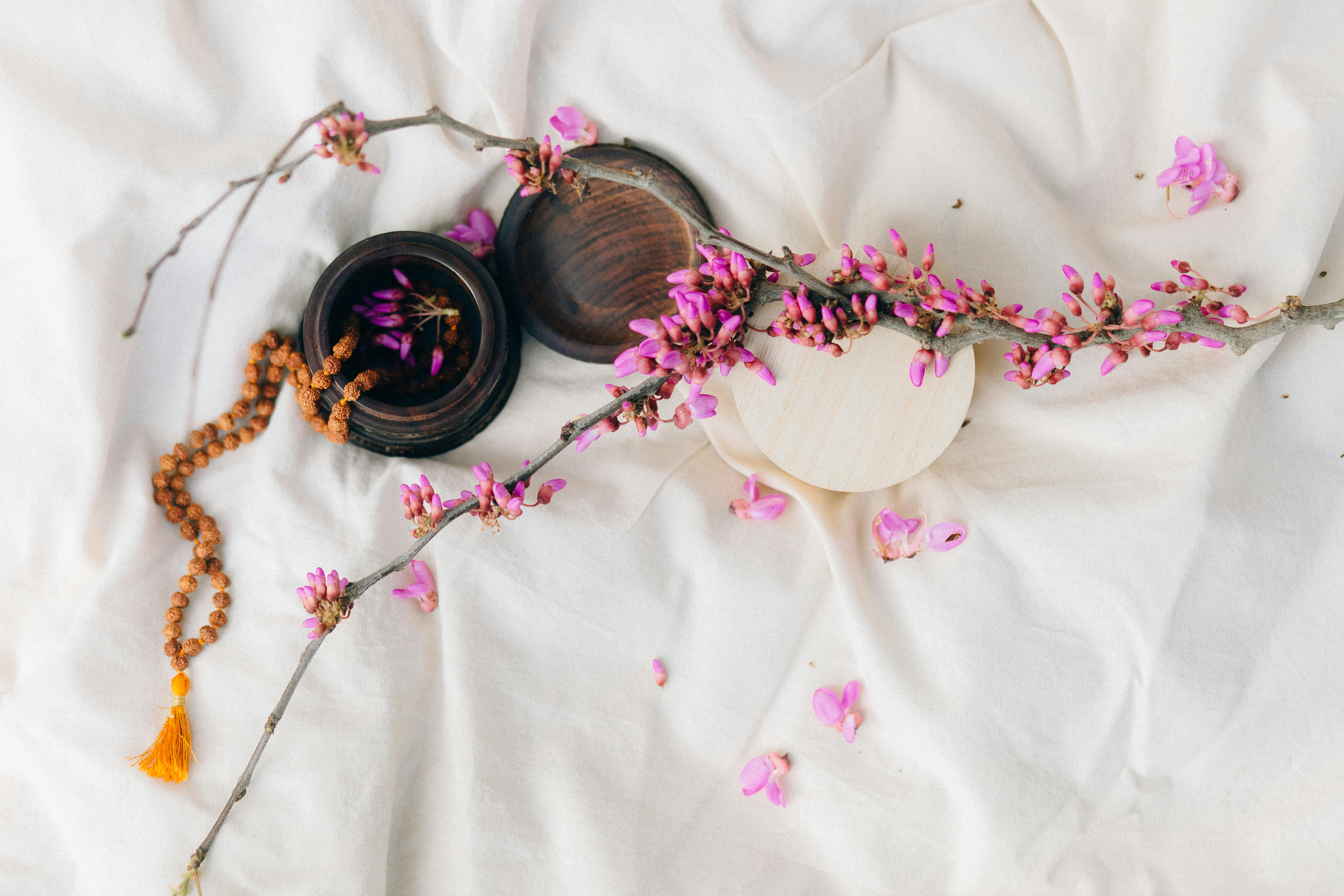Clothing in India depends on geography, ethnicity, local cultural traditions, and climate. It may vary from region to region.
Traditionally, the roots of Indian clothing can be traced back to simple Langotis and loincloths (a one-piece garment that is held in place by a belt). They were mostly used daily or on festive occasions as performances of dance and various rituals.
Today, Indians from all walks of life commonly wear Western clothing. India is known for its magnificent diversity of fibers, fabrics, materials and colors of traditional clothing. Also, the clothing color codes that some people follow are based on ritual and religious concerns. For example, Hindu women often wear white clothing to indicate mourning.
Womenswear
As we already mentioned, Indian women’s clothing varies greatly depending on religion, local culture, and climate. Indian saris and lehenga cholis (or Gagra cholis) are considered traditional clothing for women in the east and north, southern women often wear saris and their children wear pattu langas.
Sarees made of silk material are considered the most elegant. Being the capital city of the state of Maharashtra, Bombay, also known as Mumbai, is one of the fashion capitals of India. Women prefer to wear a sari, a long piece of colored patterned fabric, draped over a plain blouse. The decoration of the forehead like Bindi is considered part of the traditional makeup of women. Indo-western clothing features the fascinating mix of subcontinental and western fashion. This mixture gives rise to Khara Dupatta, dupatta, huridar, gamchha, mundum neriyathum, kurta, sherwani, etc.
Traditional magic saree
Being a feminine garment in the Indian subcontinent, a traditional sari is a seamless fabric, 4-9 meters long, that covers the body in a wide variety of styles. Do you already know which style works best for you? Eastern Sambalpuri Sari? Or do you prefer mysore silk from South Karnataka? Maybe your best option would be paithani from West? Or northern Banarasi saree?
As a general rule, the saree is worn over a petticoat, with a backless or halter neck top. Saris are generally known by different names in different places. For example, in Kerala, white saris with golden edges, called kavanis, are worn on special occasions. The plain white sarees that are worn every day are known as mundus. In Tamil Nadu, saris are called pudavai, but in Karnataka, they are called seere.
According to Indian fashion designer Rahul Mishra, whatever the designer’s mode of expression, each garment must have a sense of purpose and only then can it meet the buyer’s expectations.
Today there are a variety of online stores offering a rich repertoire of unique Indian clothing designs. There you can find various ethnic Indian costumes including designer sarees, salwar kameez, anarkali suits, bridal lehenga cholis, salwar suits, Bollywood anarkalis, Pakistani anarkali suits and many other traditional Indian costumes for all tastes and budgets.



